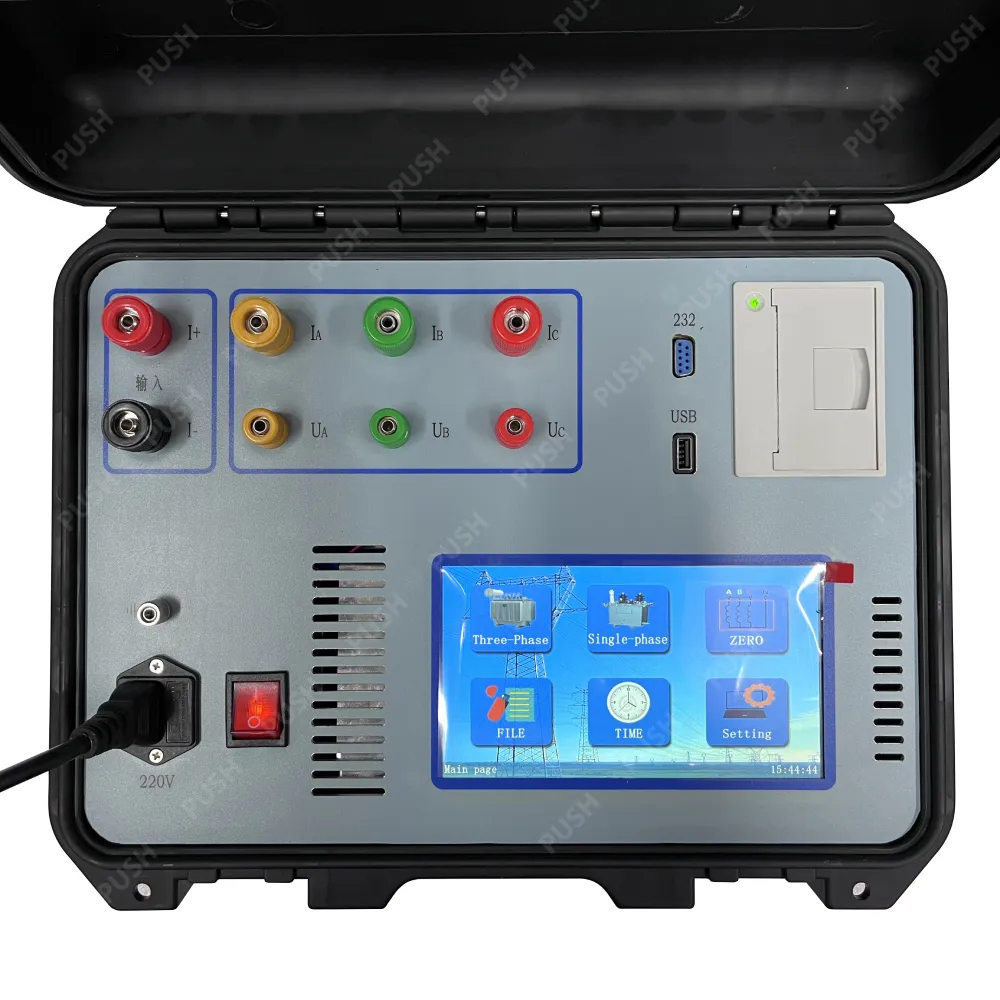 English
English



-
 Afrikaans
Afrikaans -
 Albanian
Albanian -
 Amharic
Amharic -
 Arabic
Arabic -
 Armenian
Armenian -
 Azerbaijani
Azerbaijani -
 Basque
Basque -
 Belarusian
Belarusian -
 Bengali
Bengali -
 Bosnian
Bosnian -
 Bulgarian
Bulgarian -
 Catalan
Catalan -
 Cebuano
Cebuano -
 China
China -
 China (Taiwan)
China (Taiwan) -
 Corsican
Corsican -
 Croatian
Croatian -
 Czech
Czech -
 Danish
Danish -
 Dutch
Dutch -
 English
English -
 Esperanto
Esperanto -
 Estonian
Estonian -
 Finnish
Finnish -
 French
French -
 Frisian
Frisian -
 Galician
Galician -
 Georgian
Georgian -
 German
German -
 Greek
Greek -
 Gujarati
Gujarati -
 Haitian Creole
Haitian Creole -
 hausa
hausa -
 hawaiian
hawaiian -
 Hebrew
Hebrew -
 Hindi
Hindi -
 Miao
Miao -
 Hungarian
Hungarian -
 Icelandic
Icelandic -
 igbo
igbo -
 Indonesian
Indonesian -
 irish
irish -
 Italian
Italian -
 Japanese
Japanese -
 Javanese
Javanese -
 Kannada
Kannada -
 kazakh
kazakh -
 Khmer
Khmer -
 Rwandese
Rwandese -
 Korean
Korean -
 Kurdish
Kurdish -
 Kyrgyz
Kyrgyz -
 Lao
Lao -
 Latin
Latin -
 Latvian
Latvian -
 Lithuanian
Lithuanian -
 Luxembourgish
Luxembourgish -
 Macedonian
Macedonian -
 Malgashi
Malgashi -
 Malay
Malay -
 Malayalam
Malayalam -
 Maltese
Maltese -
 Maori
Maori -
 Marathi
Marathi -
 Mongolian
Mongolian -
 Myanmar
Myanmar -
 Nepali
Nepali -
 Norwegian
Norwegian -
 Norwegian
Norwegian -
 Occitan
Occitan -
 Pashto
Pashto -
 Persian
Persian -
 Polish
Polish -
 Portuguese
Portuguese -
 Punjabi
Punjabi -
 Romanian
Romanian -
 Russian
Russian -
 Samoan
Samoan -
 Scottish Gaelic
Scottish Gaelic -
 Serbian
Serbian -
 Sesotho
Sesotho -
 Shona
Shona -
 Sindhi
Sindhi -
 Sinhala
Sinhala -
 Slovak
Slovak -
 Slovenian
Slovenian -
 Somali
Somali -
 Spanish
Spanish -
 Sundanese
Sundanese -
 Swahili
Swahili -
 Swedish
Swedish -
 Tagalog
Tagalog -
 Tajik
Tajik -
 Tamil
Tamil -
 Tatar
Tatar -
 Telugu
Telugu -
 Thai
Thai -
 Turkish
Turkish -
 Turkmen
Turkmen -
 Ukrainian
Ukrainian -
 Urdu
Urdu -
 Uighur
Uighur -
 Uzbek
Uzbek -
 Vietnamese
Vietnamese -
 Welsh
Welsh -
 Bantu
Bantu -
 Yiddish
Yiddish -
 Yoruba
Yoruba -
 Zulu
Zulu
transformer ratio meter working
Understanding the Working of a Transformer Ratio Meter
A transformer ratio meter is an essential instrument used in the electrical engineering field, primarily for testing and measuring the transformation ratio of electrical transformers. This device plays a critical role in ensuring the efficiency and reliability of transformers, which are fundamental components in power distribution and transmission systems. The understanding of how a transformer ratio meter works can greatly enhance its effective application in various testing scenarios.
Principle of Operation
The transformer ratio meter operates based on the principle of measuring the voltage ratios between the primary and secondary windings of a transformer. When an alternating current (AC) supply is introduced to the primary winding, the ratio meter detects the resulting voltages in both the primary and secondary windings. The fundamental mathematical relationship governing transformer operation is that the ratio of the primary voltage (V1) to the secondary voltage (V2) equals the ratio of the number of turns in the windings (N1/N2). This principle ensures that the meter can accurately determine whether the transformer is functioning within its expected parameters.
Components of a Transformer Ratio Meter
A transformer ratio meter typically consists of several key components
1. Voltage Source This provides the necessary excitation voltage to the primary winding of the transformer being tested.
2. Measuring Circuit This circuit is designed to measure the voltages across the primary and secondary windings. It usually includes precision resistors and other elements to ensure accuracy and stability.
3. Switching Mechanism This allows the user to select different transformer taps or configurations for detailed testing without physical adjustments to the transformer itself.
4. Display Unit This component can be analog or digital, providing a clear indication of the voltage ratio and the transformation ratio based on the measurements taken.
Steps in Using a Transformer Ratio Meter
Using a transformer ratio meter typically involves several straightforward steps
transformer ratio meter working

1. Preparation Ensure that the transformer is de-energized and safe to test. Connect the ratio meter to the primary and secondary winding terminals as per the manufacturer's instructions.
2. Powering Up Apply the appropriate excitation voltage to the primary winding through the transformer ratio meter.
3. Measurement Observe the voltage readings on the meter's display. The device will show the voltage across both windings, allowing for immediate calculation of the transformation ratio.
4. Analysis Compare the measured transformation ratio to the transformer's specifications. A significant deviation may indicate issues such as winding defects or incorrect connections.
Importance of Transformer Ratio Meters
Transformer ratio meters are vital for several reasons
- Quality Control They help in verifying that transformers meet their design specifications, thus ensuring operational efficiency and safety.
- Maintenance Regular testing with ratio meters can identify potential issues before they escalate into significant failures, thus facilitating preventive maintenance.
- Field Applications They are portable and can quickly test transformers in various settings, making them a crucial tool for field engineers and technicians.
Conclusion
In summary, the transformer ratio meter is a sophisticated yet straightforward instrument that plays an invaluable role in the electrical engineering field. Understanding its working principles, components, and operational steps empowers engineers to maintain and troubleshoot transformers effectively, ensuring that they operate at optimal performance levels. As transformers remain integral to modern energy systems, the importance of reliable measurement tools like the transformer ratio meter cannot be overstated.
-
Ensuring SF₆ Gas Safety: Introducing PUSH’s Integrated SF₆ Analyzer for Dew Point, Purity, and Decomposition MonitoringNewsJul.10,2025
-
Exploring the Main Types of Industrial Endoscopes and Their Applications Across IndustriesNewsJul.04,2025
-
Testing Equipment Industry Sees Major Advancements in 2025: Smart & Precision Technologies Lead the WayNewsJun.06,2025
-
Applications of Direct Current Generators in Renewable Energy SystemsNewsJun.05,2025
-
Hipot Tester Calibration and Accuracy GuidelinesNewsJun.05,2025
-
Digital Circuit Breaker Analyzer Features and BenefitsNewsJun.05,2025



